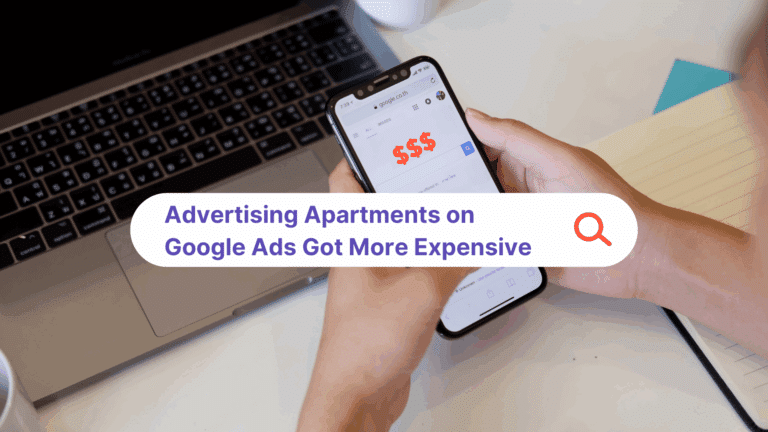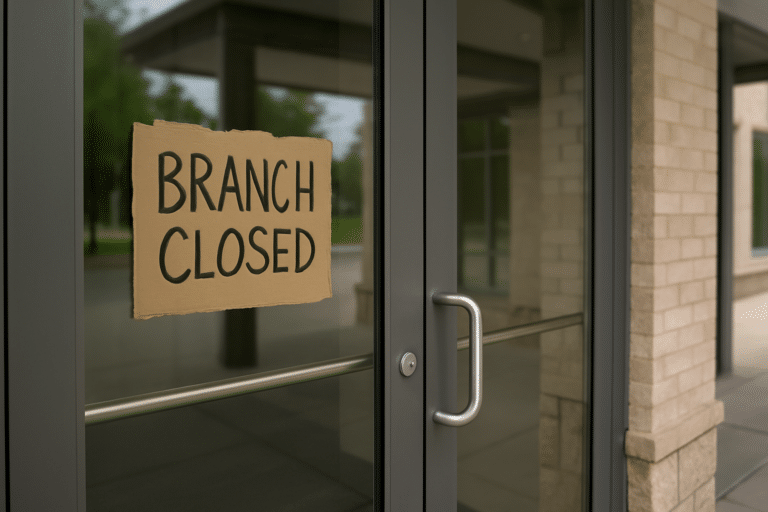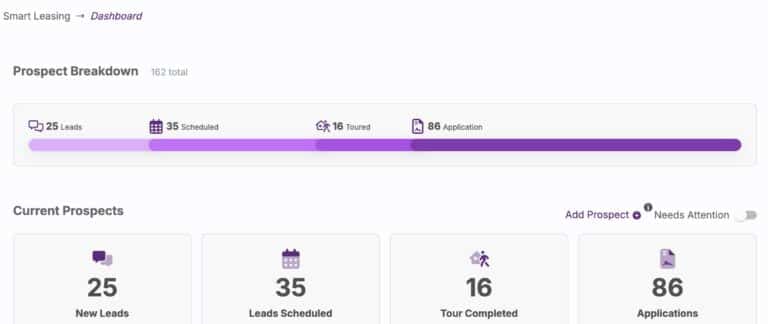Committing to live somewhere sight unseen is a big risk. The financial burden alone is huge—as much as one-third of a renter’s income goes toward apartment rent and fees—so people will naturally be cautious when considering whether to sign on the dotted line during an apartment lease-up.
An apartment lease-up is the period between the announced launch of a new apartment community and six to 12 months after opening. During that time, team members are tasked with a variety of challenges: building a brand, creating a website and social channels, getting the community ready for its first residents, and welcoming the first people who will call the community home.
The obstacles are even greater for Multifamily companies that don’t already have a presence established in that particular city or region. But with the right people, technology, and marketing strategies, you can prime your community for lease-up success.
In this post, we’ll look at four common apartment lease-up challenges and how to overcome each one.
Challenge #1: Your community is unknown.
Lack of awareness is one of the biggest hurdles facing a community during the lease-up period. As we said above, it’s tricky when your community as well as your Multifamily company is brand new to an area.
Solution: Build a brand online.
Creating an online presence for your new community should be one of your main priorities as you start the lease-up. This means building a website, establishing a presence on Facebook and Instagram, creating and regularly updating your Google My Business page, and setting up accounts on the other top review sites as well as Multifamily-specific ones, such as Apartments.com, ApartmentGuide, and ApartmentRatings.
Online advertising is part of this mix. With the right messaging and platform, pay-per-click (PPC) digital advertising can pay off big. The Google Ads and and Facebook Ads platforms offer targeting options to ensure that the ads appear for those who are the most interested in hearing about your community. Google Ads appear on the search engine results page, above the organic listings, and Facebook ads show in several spots, including users’ Facebook and Instagram timelines. If you have great visual content of your community, social ads could be a good choice.
Challenge #2: Responding to leads.
If your brand-building tactics are successful, you have another obstacle to overcome: Now that you have the attention of prospects, how do you make sure you don’t lose it? Filling so many vacant apartments is a huge task, and the risk of prospects falling through the cracks is high.
Solution: Enlist the help of AI technology.
Having leasing staffers reply to every inquiry about your new community can take up a lot of time and resources. An ideal way to solve this is to turn to artificial intelligence. An AI-powered virtual leasing agent automates the leasing flow and stays in touch with prospects from first contact to application. It can respond to questions about the community, schedule tours, and follow up with prospects, greatly freeing up human leasing agents’ time.
Chatbots are another form of AI technology that lives on apartment websites and is available to reply to prospects’ questions and capture their contact information around the clock. Using chatbots and virtual leasing agents means fewer staff members will be needed during the lease-up, which can keep costs down. A smaller staff can also make COVID-19 social distancing easier.
Challenge #3: Figuring out what marketing strategies work best in your particular market.
Not every renting population is the same. When opening an apartment community in a new area, you should be prepared to experiment a little with your marketing strategy. Maybe PPC ads brought in a lot of prospects in one city, and in another, social ads could be the ticket to success. What worked in one city might not work in others, so understanding your target audience and being adaptable is key.
Solution: Leverage data captured by AI technology.
A huge benefit of using an AI leasing assistant during an apartment lease-up is that it can map out your prospects’ journey—also called attribution tracking. You can see a prospect’s first touchpoint, such as a PPC or Instagram ad, and follow along as they move down the marketing funnel. This provides the insights and data your team needs to evaluate the return on investment of your marketing spend. It can also help determine which tactics and channels are the strongest performers so you can double down on them.
Challenge #4: Hiring and training new leasing staff.
Building a new team to manage an apartment lease-up can be a time-consuming, expensive headache. Your hiring and training process should be streamlined and organized in order to give renters the best possible experience and improve your lead-to-lease conversion rate.
Solution: Augment your staff with AI.
Thanks to AI, you might not need to hire as many leasing agents as originally planned. An AI leasing agent can respond to prospects’ questions and move them along in the leasing process 24/7, long after human leasing agents have signed off for the day. It can handle multiple conversations simultaneously, giving your lease-up the fuel it needs to sign as many leases as possible before the apartment community officially opens. Employing an AI leasing agent will allow your staff to focus on other responsibilities within your community, and have time to build meaningful relationships with your residents.
And after your community is established and humming along, an AI leasing agent can help to ensure your community remains a success for years to come.
Conclusion
A successful apartment lease-up is a massive undertaking, and technology can help the process run smoothly. Respage offers a variety of Multifamily AI-powered digital marketing solutions and expertise to help you have a successful lease-up. Talk to us about how our AI leasing agent, ResMate can help you maximize leasing results while minimizing time and spend.






